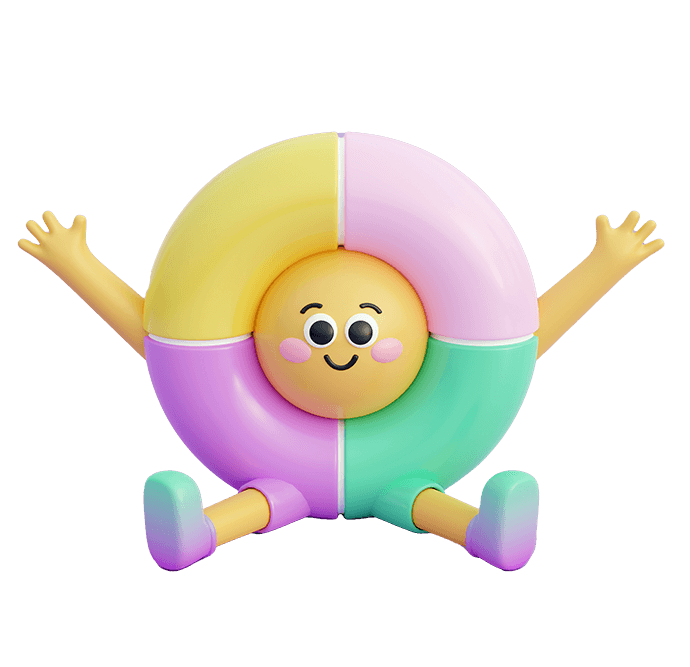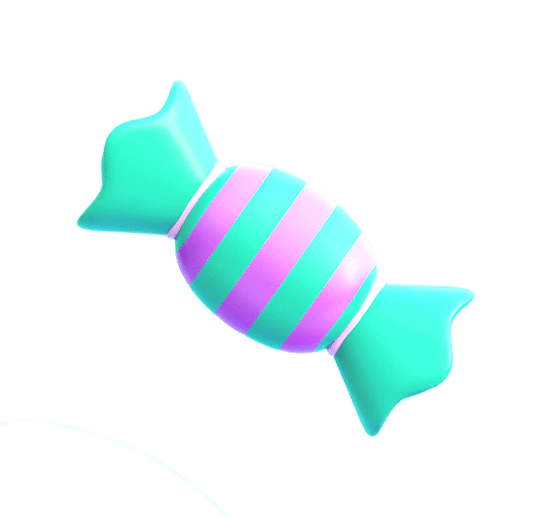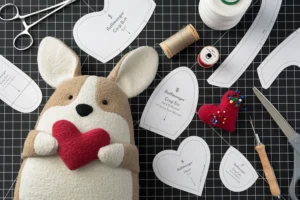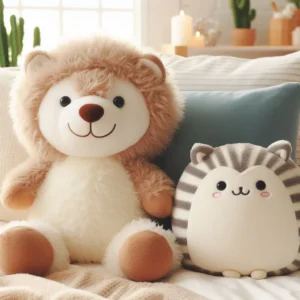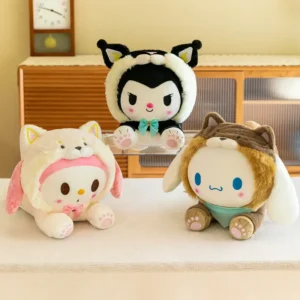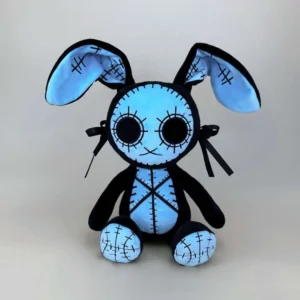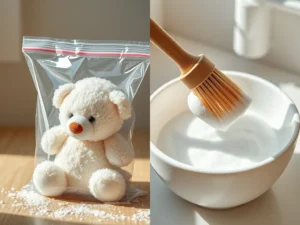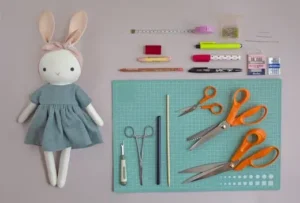Creating a plush toy is both an art and a science, requiring the right materials, skilled techniques, and attention to safety and quality. This process results in soft, durable toys that bring joy to children and collectors alike.
From choosing fabrics and tools to designing, sewing, stuffing, and quality control, every step in plush toy making affects the final product’s appeal and safety. Customization adds unique value for brands and customers.
Let’s walk through a complete guide on how to make a plush toy.
1.What Are the Fundamental Materials and Tools Required for Plush Toy Making?
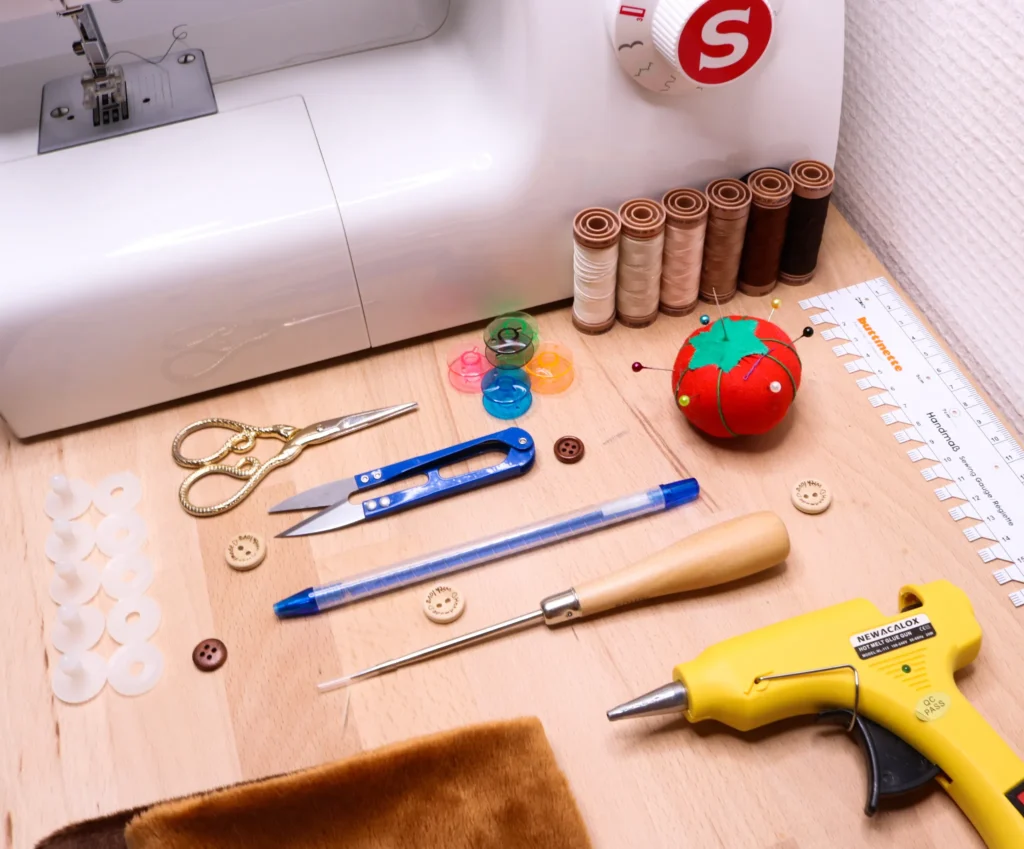
The foundation of any plush toy is high-quality materials paired with precise tools.
Key materials include soft fabrics such as polyester minky or velboa, polyester fiberfill for stuffing, durable threads, and safety eyes or embroidery threads. Tools like sewing machines, scissors, and patterns are essential for crafting.
Soft plush fabrics like minky offer a luxurious texture, while velboa provides durability and vibrant colors.
Polyester fiberfill is the preferred stuffing for its softness, resilience, and hypoallergenic qualities.
Safety components like embroidered eyes enhance safety for children.
The right tools, such as industrial sewing machines, rotary cutters, and quality needles, ensure precision and efficiency.
| Materials | Purpose | Notes |
|---|---|---|
| Polyester minky | Exterior softness and color | Very soft and colorful |
| Velboa | Durable plush fabric | Easy to clean and long-lasting |
| Polyester fiberfill | Internal stuffing | Maintains softness and shape |
| Safety eyes/embroidery | Facial features | Child-safe options preferred |
| Sewing machines | Stitching | High speed and adjustable |
| Scissors/rotary cutter | Fabric cutting | Sharp and accurate |
Using premium materials and tools directly impacts product quality.
2.How Is the Design Process for a Plush Toy Conceptualized and Developed?
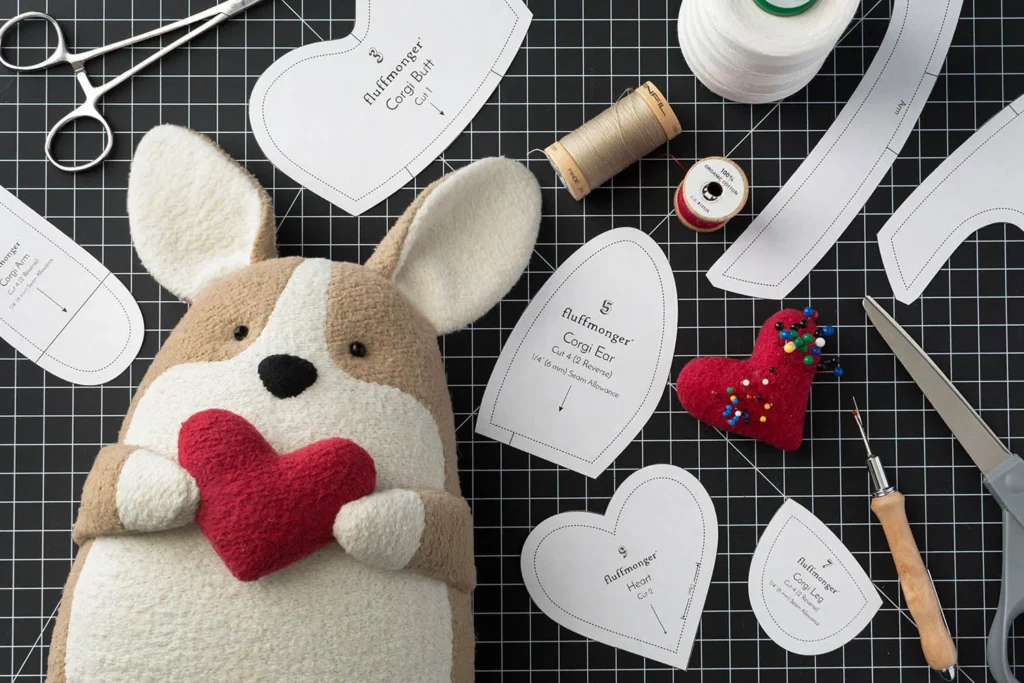
Design starts with an idea and evolves into detailed plans for production.
Designers create sketches and digital renderings, focusing on shape, size, and character details. Patterns are developed to translate designs into fabric pieces for sewing.
Initial concepts reflect the toy’s personality and target audience.
Using CAD software or hand-drawn sketches, designers finalize proportions and features.
Patterns include seam allowances and notches for accurate cutting and assembly.
Prototypes are built to test appearance and functionality before mass production.
| Design Stage | Activities | Outcome |
|---|---|---|
| Concept sketch | Visual idea and theme | Basic design draft |
| Pattern making | Template for fabric pieces | Accurate sewing guides |
| Prototype creation | Sample toy construction | Evaluate fit and style |
| Final adjustments | Refinement and approval | Ready for production |
Thorough design work ensures consistency and appeal.
3.What Techniques Are Used for Fabric Cutting and Sewing in Plush Toy Production?
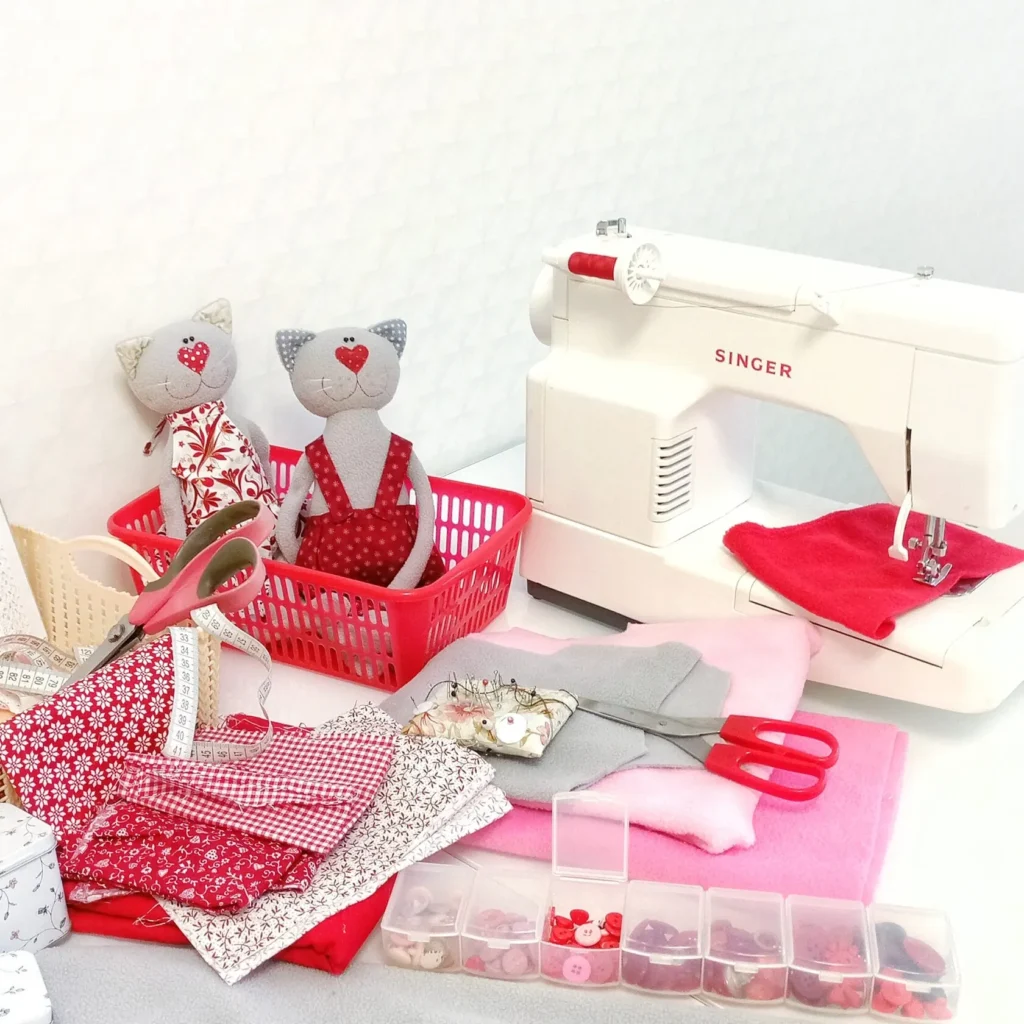
Precision cutting and sewing define the toy’s shape and durability.
Fabric is cut following patterns using rotary cutters or scissors. Sewing involves strong, consistent stitches, often reinforced at stress points to ensure longevity.
Accurate cutting prevents mismatched seams and uneven shapes.
Rotary cutters with mats improve efficiency and fabric preservation.
Sewing machines are set to appropriate stitch lengths and tension, with double stitching on limbs and joints.
Hand stitching may be used for delicate details and finishing touches.
| Technique | Purpose | Tools/Methods |
|---|---|---|
| Pattern cutting | Guide precise fabric shapes | Rotary cutter, scissors |
| Pinning and basting | Temporarily hold pieces | Pins, basting thread |
| Machine sewing | Assemble parts securely | Industrial sewing machines |
| Reinforced stitching | Strengthen joints | Double stitching |
Mastering these techniques produces sturdy, well-shaped plush toys.
4.How Is Stuffing Selected and Inserted to Achieve the Desired Softness and Shape?
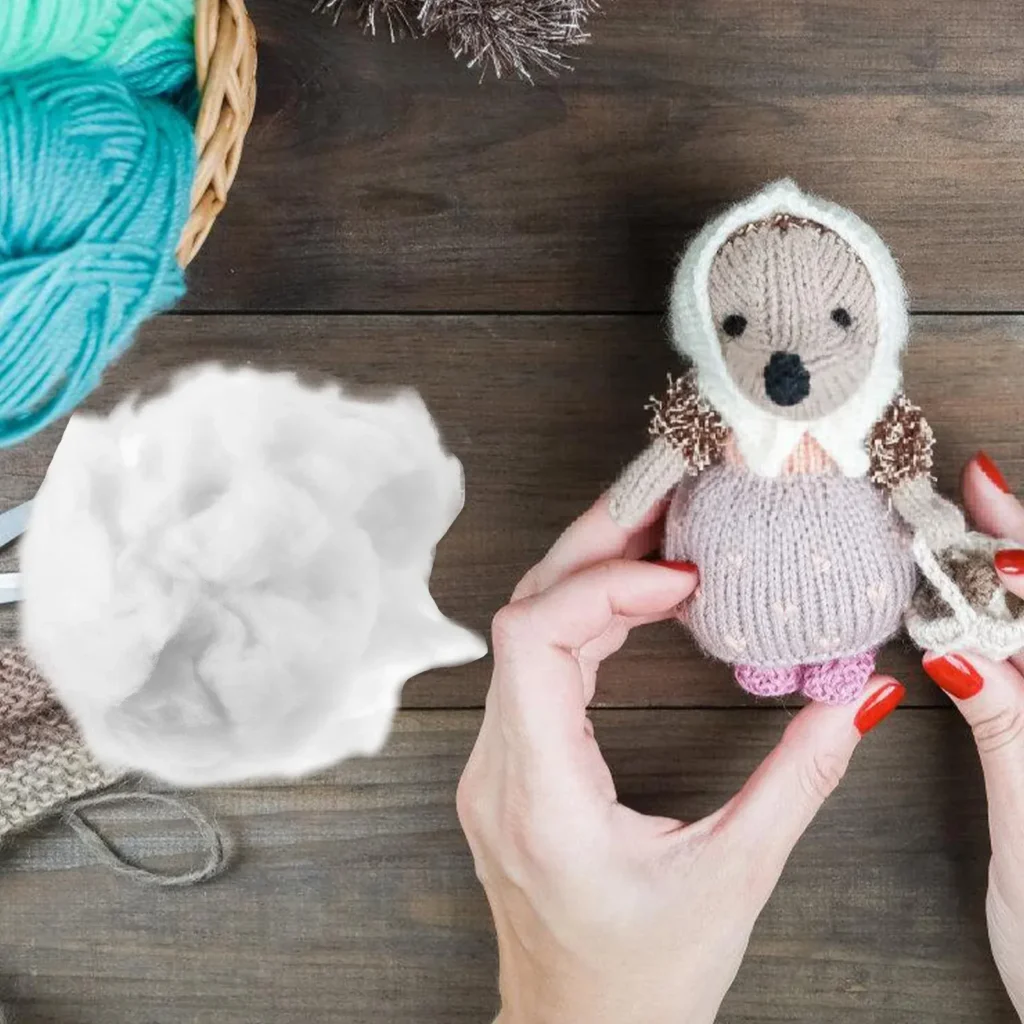
Stuffing quality and method influence softness, durability, and form.
Polyester fiberfill is widely used for its lightweight, fluffy feel. Stuffing is inserted gradually, evenly distributed to avoid lumps and maintain the intended shape.
Density of stuffing controls firmness—more stuffing for structured toys, less for softer ones.
Stuffing tools like sticks or spoons help fill tight areas like limbs and heads.
Uniform distribution prevents sagging or deformation over time.
| Stuffing Factor | Effect | Technique |
|---|---|---|
| Fiberfill quality | Softness and resilience | Source certified fiberfill |
| Density control | Firmness vs softness | Gradual stuffing |
| Even distribution | Maintains shape | Use stuffing tools |
Proper stuffing guarantees tactile comfort and long-lasting form.
5.What Quality Control Measures Ensure Durability and Safety in Plush Toys?
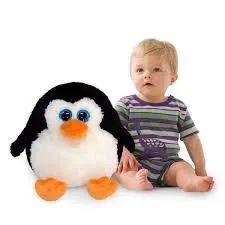
Quality control checks prevent defects and ensure compliance with safety standards.
Inspections include seam strength testing, material certification verification, choking hazard assessment, and final appearance checks.
Toys undergo pull tests on seams to verify durability.
Materials must have certificates confirming non-toxicity and flame resistance.
Small parts are checked for secure attachment to prevent choking.
Visual inspection ensures consistent color, shape, and finishing.
| QC Step | Purpose | Method |
|---|---|---|
| Seam strength testing | Prevent seam failures | Manual or mechanical pull tests |
| Material certification | Confirm safety compliance | Review supplier certificates |
| Small parts check | Avoid choking hazards | Manual inspection |
| Final appearance check | Maintain product standards | Visual and tactile inspection |
Robust QC builds trust and reduces returns.
6.How Can Customization Options Be Integrated into the Plush Toy Manufacturing Process?
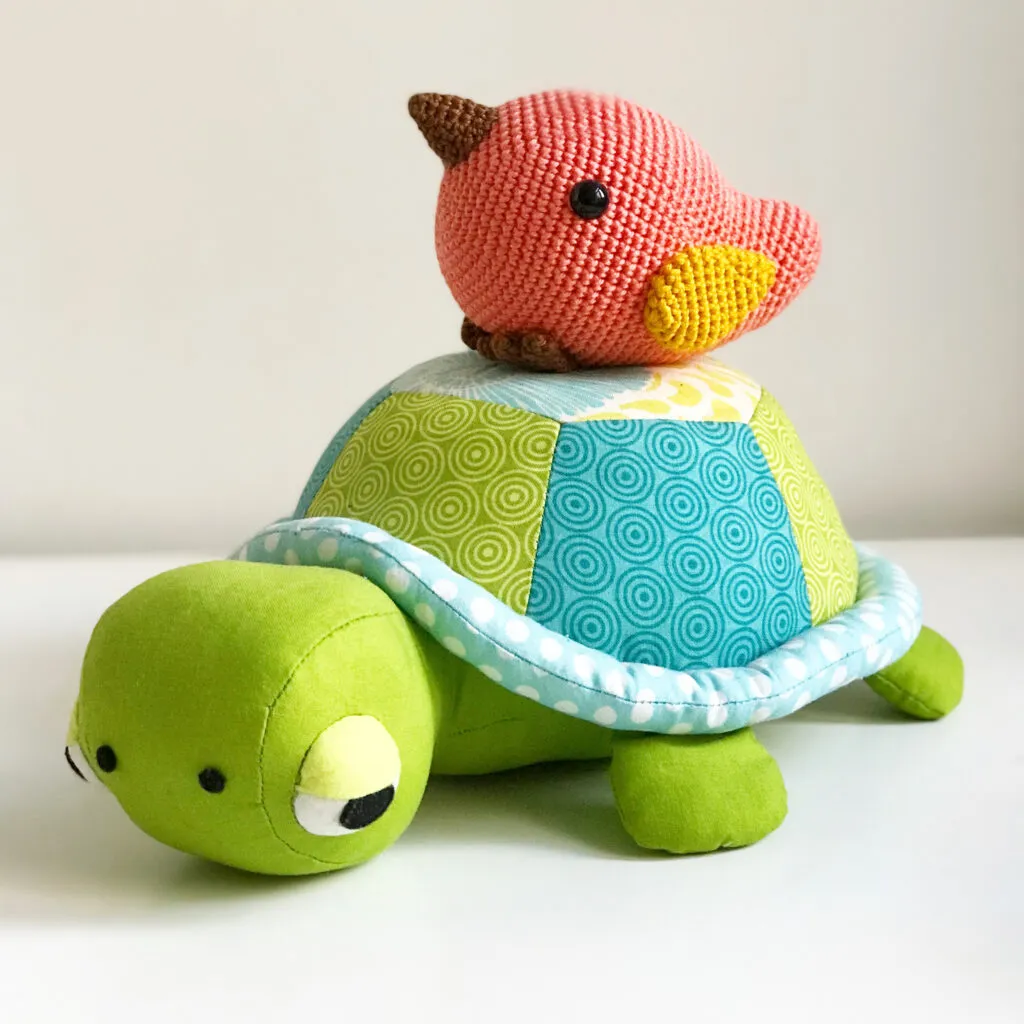
Customization enhances product appeal and brand identity.
Embroidery, color variations, accessories, and packaging personalize plush toys to meet client needs. Integration occurs at design and production stages.
Embroidery machines add names or logos with precision.
Fabric choices allow seasonal or thematic color options.
Accessories like clothing or hats increase uniqueness.
Packaging customization supports branding and gifting.
| Customization Type | Implementation Stage | Benefit |
|---|---|---|
| Embroidery | Post-sewing or during assembly | Personalized appeal |
| Color variations | Fabric selection phase | Market differentiation |
| Accessories | Final assembly | Enhanced play and display |
| Packaging | Packing and shipping | Branding and experience |
Customization delivers unique products that stand out.
Conclusion
Mastering materials, design, sewing, stuffing, quality control, and customization leads to soft, safe, and market-ready plush toys.
For expert guidance on plush toy production and customization, contact me at [[email protected]] or visit [https://plushtoyinchina.com].

